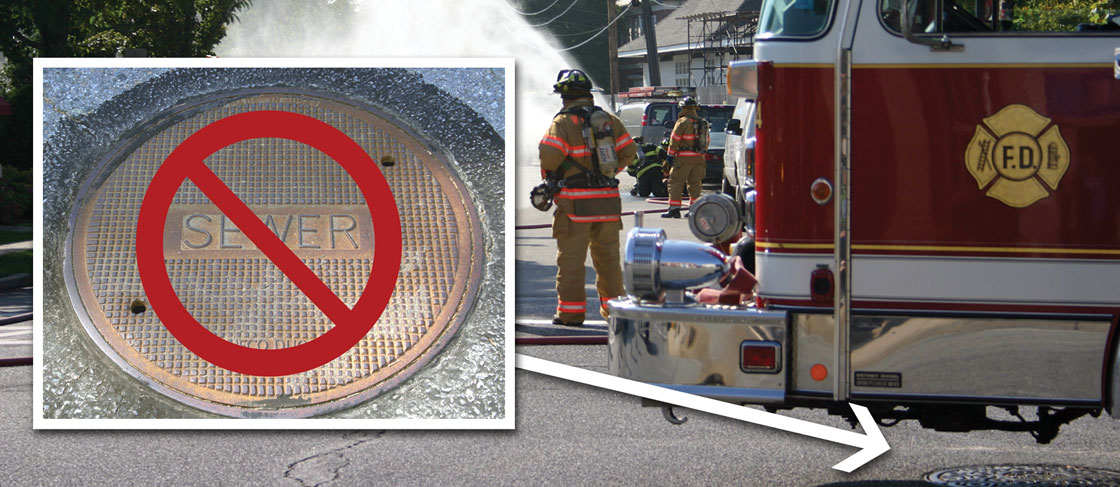| Trouble viewing this email? Click here. |
 |
|
Welcome to National Grid’s Tips of the Trade for first responders. These tips are intended to help you respond safely and effectively to incidents involving natural gas and electricity. Please review them with your team.
|
|
| Parking and staging for natural gas incidents |
| When responding to the report of a natural gas leak, fire or explosion, immediately notify and request the response of National Grid through your dispatcher. The safety of your team and that of the public at such incidents depends upon you taking the following precautions when you initiate operations: |
| Approach the scene with extreme caution. Do NOT position vehicles or other non-intrinsically safe equipment in the hot zone (where the potential for hazards is highest) until you have assessed the situation and established isolation zones. |
|
| • |
 |
Particularly if the incident involves a transmission pipeline or natural gas installation, approach from upwind while using air monitoring equipment to detect the explosive levels of gas. Remember that natural gas has a flammable (explosive) range of 5% to 15% gas in air. |
|
|
 |
| Park away from manhole covers and storm sewer grates. An explosion in a manhole can propel the cover into the air with great force. Always check for flammable gas concentrations, regardless of source, in and around manholes to help characterize the location and movement of the gas, and to aid in establishing isolation zones and making evacuation decisions. |
| Stage emergency response vehicles upwind, out of the path of the plume and at least 100 feet away from the incident site. Running vehicles can ignite leaking gas. |
|
| • |
 |
Stage vehicles at the corners of buildings, outside the collapse zone of involved structures; that’s the area around the building equal to 1.5 times its height. |
|
|
| Never drive or walk through any gas plume. When working near a gas leak, maintain a high level of situational awareness and never knowingly enter a gas plume. |
| • |
 |
Any entry into the hot zone or other IDLH environment should be done in appropriate PPE, including SCBA. |
|
| • |
 |
Utilize air monitoring to identify the level of danger. |
|
| • |
 |
If rescue is required, properly equipped fire service personnel should identify the plume direction and access the victim from the upwind side of the incident. |
|
|
| For more first responder safety information, visit firstresponder.ngridsafety.com. |
|
|
|
| |
| |
|
| To report emergencies, call 911 and National Grid immediately. |
| |
 |
| In case of gas emergencies: |
 |
Long Island and the Rockaways:
911 and 1-800-490-0045 |
 |
Metro New York:
911 and 1-718-643-4050 |
 |
Upstate New York:
911 and 1-800-892-2345 |
 |
Massachusetts:
911 and 1-800-233-5325 |
 |
Rhode Island:
911 and 1-800-640-1595 |
|
|
|
|
| |
|
|
|
| |
| |
|
 |
#12406 © 2021 Culver Media, LLC |
|
| |
|
|
|
 |
|
| |